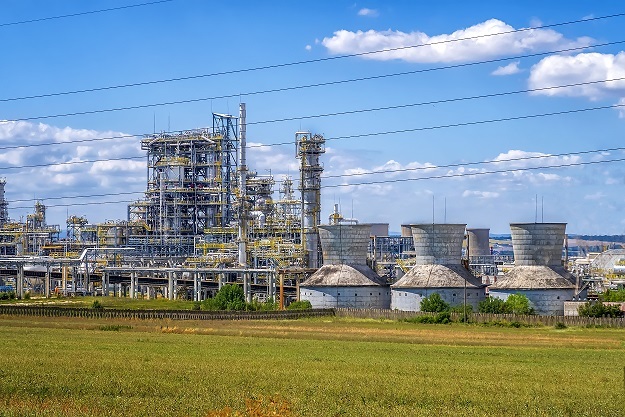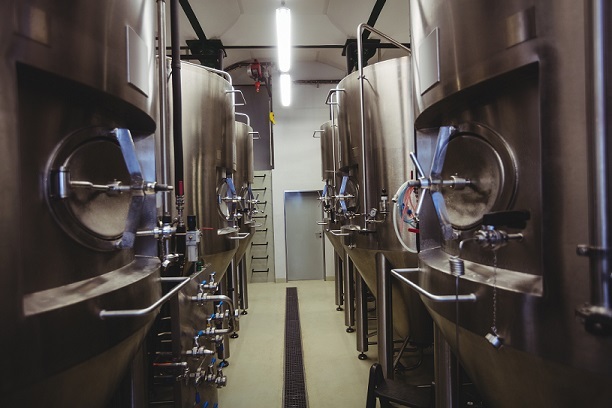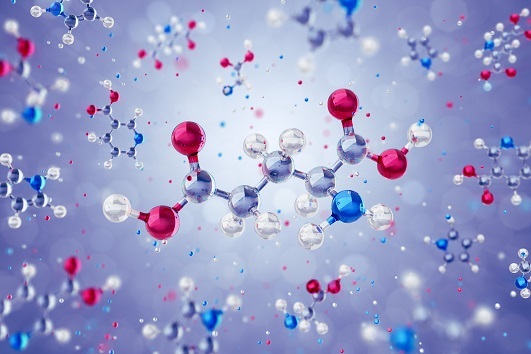
 Data Structure
Data Structure Networking
Networking RDBMS
RDBMS Operating System
Operating System Java
Java MS Excel
MS Excel iOS
iOS HTML
HTML CSS
CSS Android
Android Python
Python C Programming
C Programming C++
C++ C#
C# MongoDB
MongoDB MySQL
MySQL Javascript
Javascript PHP
PHP
- Selected Reading
- UPSC IAS Exams Notes
- Developer's Best Practices
- Questions and Answers
- Effective Resume Writing
- HR Interview Questions
- Computer Glossary
- Who is Who
What Are the Differences Between Primary and Secondary Metabolites?
Introduction
Primary metabolites are the first byproducts produced by a living organism during its growth. Secondary metabolites are metabolites that support a variety of biological processes but are not involved in cellular growth and maintenance.
The primary metabolites are intimately involved in primary growth, development, and reproduction, whereas secondary metabolites are indirectly involved in metabolisms while carrying out essential ecological functions in the body. This is the main contrast between primary and secondary metabolites.

Definition of Primary Metabolites
A Primary metabolite is one that plays a key role in growth, development, and reproduction. It typically serves an organism's physiological needs (i.e. an intrinsic function). Many organisms or cells normally include a primary metabolite. It is additionally known as a central metabolite, but this term has even fewer definitions (present in any autonomously growing cell or organism). The primary metabolites lactic acid and certain amino acids are two typical examples.
Definition of Secondary Metabolites
Secondary metabolites are organic compounds produced by any life form, such as bacteria, fungi, animals, or plants, but not directly involved in the normal growth, development, or reproduction of the organism. They are also known as specialized metabolites, toxins, secondary products, or natural products. Instead, they typically operate as mediators between ecological interactions, which might give the organism a selection advantage by boosting its ability to survive or reproduce.

Differences Between the Primary and Secondary Metabolites
Following are the basic differences between both primary and secondary metabolites that are mentioned in a table format.
| PRIMARY METABOLITES | SECONDARY METABOLITES |
|---|---|
| Primary metabolites are microscopic chemical compounds that play a key role in the formation, growth, and maintenance of living things. | The modification of primary metabolites results in the formation of secondary metabolites. |
| They are crucial to the body's typical physiological processes. Primary metabolites are hence also referred to as central metabolites. | Growth, development, and reproduction are not processes that secondary metabolites are involved in. as they are produced at the stationary phase of growt |
| Ethanol, lactic acid, nucleotides, vitamins, and certain amino acids are examples of primary metabolites. The most prevalent primary metabolite produced in massive fermentation in industrial microbiology is ethanol. | Contribute to ecological processes like the production of pigment, antibiotics, and defense mechanisms |
| Enormous amounts of L-lysine, L-glutamate and Citric acid is other typical primary metabolite that is produced in significant amounts industrially. It serves as an ingredient in the food industry. | Atropines, as well as antibiotics such as erythromycin and bacitracin, are commercially important secondary metabolites. |
| Primary metabolites are components of an organism's molecular structure. | Secondary metabolites are molecules that do not make up the chemical structure of an organism. |
| Primary metabolites are produced in large quantities. | Secondary metabolites are produced in small quantities. |
| Examples-ethanol, are lactic acid, nucleotides, vitamins, and certain amino acids. | Examples-ergot alkaloids,antibiotics,naphthalenes, nucleosides,phenazines,quinolines,terpenoids, peptides and growth factors. |

Conclusion
Microorganisms require primary metabolites in order to grow effectively. Secondary metabolites are formed in the end of the stationary phase of growth and do not play a substantial role in growth, development, or reproduction.
These metabolites are very valuable in industrial microbiology because they can be used to separate compounds needed for organic synthesis, produce vaccines and medications, and extract amino acids.

